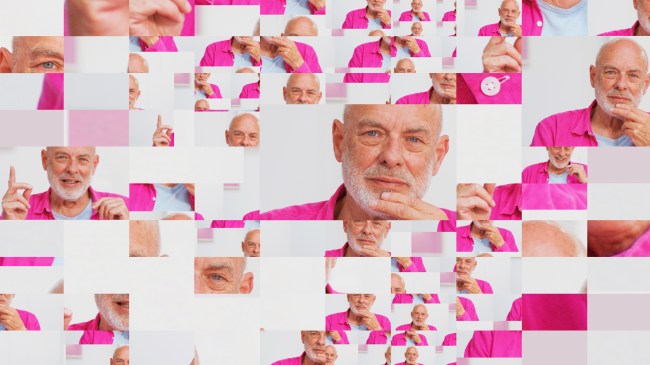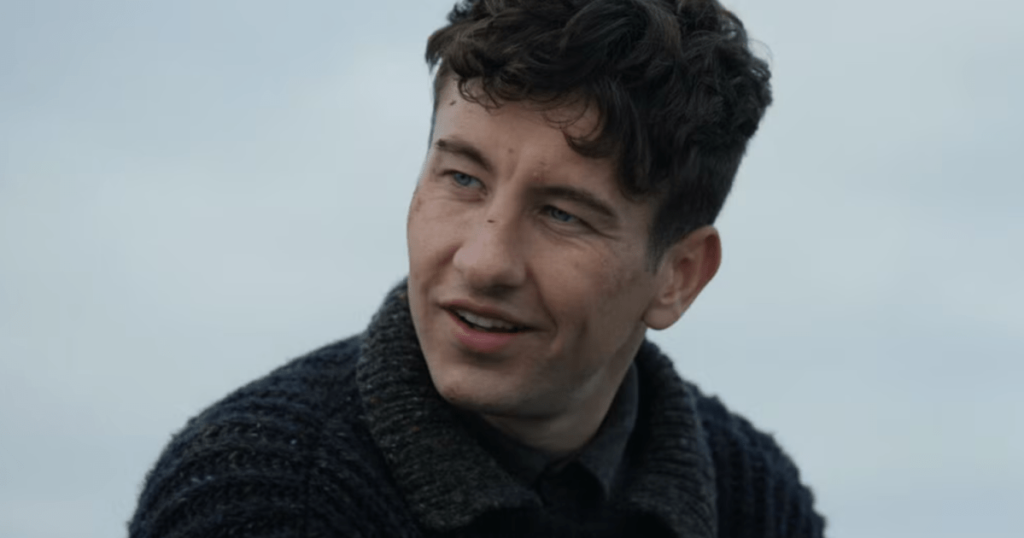Gary Hustwit‘s documentary “Eno” on music pioneer Brian Eno premiered at the Sundance Film Festival, where it played six times and no audience saw the exactly the same film. “Eno” is the first “generative” movie, utilizing algorithmic software that randomizes the film’s scenes. The algorithm could create as many as 52 quintillion permutations of the film.
Reviews were solid, and the film’s creative, ever-evolving structure — one that’s emblematic of Eno’s own generative music — was a key selling point. That was the theory, anyway.
When Hustwit met with distributors, they all asked: “You could make a director’s cut, right?”
“It defeats the purpose of the whole exercise of this film,” Hustwit told IndieWire of the offers to buy “Eno.” “I don’t want to dumb it down for legacy, linear streaming technology.”
No streamer was willing to figure out how to show unique versions of “Eno” to each viewer, and no theatrical distributor was willing to absorb the cost of hosting bespoke screenings. That forced Hustwit to get creative.
Hustwit and producer Jessica Edwards through her Film First banner self-distributed “Eno,” partnering with art houses and staging event screenings to fulfill Hustwit’s vision of a new version of the film every single time. Over 500 versions of “Eno” have screened since its premiere, even incorporating new footage to create iterations that are drastically different from what audiences saw at Sundance.
“Eno” is approaching $1 million at the global box office, and at a November 21 panel at DOC NYC Edwards held up “Eno” as a case study for why independent documentaries still have a place in theaters.
“This idea that that audience is the only audience in the world that is going to see that version of the film turned out to be really compelling,” Hustwit said. “People like that. And that turns it into an event.”
While digital artist Brandon Dawes’ software behind “Eno” can continually generate new versions of the film, Hustwit must create a new DCP each time he intends to show it. There are hundreds of film prints, each seen only once. Film Forum in NYC, which showed a new version of “Eno” every day of its run, has 84 different prints of the film.
That’s pretty expensive and screenings have an inflated surcharge to justify the cost. However, people keep showing up — sometimes two, three, or more times. One person has seen “Eno” 18 times.
Like a live performance, the fresh experience has allowed “Eno” to sell out a 1,300-seat venue in Glendale and special events in Paris, London, and Amsterdam. It didn’t make financial sense to create an individual DCP for the smaller theaters across the country, so Hustwit and Edwards held a pair of Art House Day screenings where 80 different art houses live streamed a version of the film all at once.
Although the algorithm is programmed to create a cut of around 85 minutes, the film’s length changes each night. Running time is arbitrary, so the most daring displays were week-long, 168-hour gallery experiences of “Eno” at the Venice Biennale and Doc Leipzig that combined all available footage the algorithm had to offer.
“It can do that forever, and it will never repeat,” Hustwit said.
Throughout the film’s theatrical run, Hustwit still makes changes. He said past screenings of “Eno” generated by the software have been too heavy on talking and philosophy rather than music, and some inadvertently introduced mistakes, like eight minutes of static. (That audiences believed it was intentional.) Dawes’ software has since been refined and is now on its fourth generation. The film’s AI is getting smarter.
Hustwit also returned to the editing room to add new interviews and archival passages — like Eno discussing his admiration of The Velvet Underground — that weren’t part of the algorithm’s initial equation. Hustwit says there’s so much waste involved in editing a Hollywood film, but with this approach, “there isn’t a cutting-room floor.”
“If it works and you want it to be in the film, even if it’s redundant with something else, you can program it to get this alternate scene instead of that scene,” he said. “There are a lot of ways to use what we consider waste.”
It may not be long until other films are made in the same generative fashion; Hustwit said he’s working on a couple himself. “Eno” is a documentary, but Hustwit posits someone could make “Rashomon” as viewed from endless perspectives using this tech. He said the idea that a film is just a static entity, he believes, needs to evolve and expand.
“This idea that to make a film you have to micromanage every split second of it and every frame of the movie is kind of outdated,” he said. “This is another way to tell stories that we couldn’t do before.”
The big question remaining for “Eno” is how will audiences can watch it through streaming. It has many possibilities: It could stream on a website 24 hours a day, constantly regenerating itself. People could pay to download a version that would be unique to them. The software could be made available publicly for individuals to tinker and create their own versions of “Eno.” Or it could live on a streamer with a new version uploaded every day at midnight.
Hustwit is in talks with streamers about how their platforms could do just that. The possibilities are endless.
“Yes, we made a great documentary this year about this amazing creative mind in Brian Eno, but we also invented a new way to make movies and new way to watch movies,” Hustwit said. “There have been a lot of great films this year, but no one has done that.”


